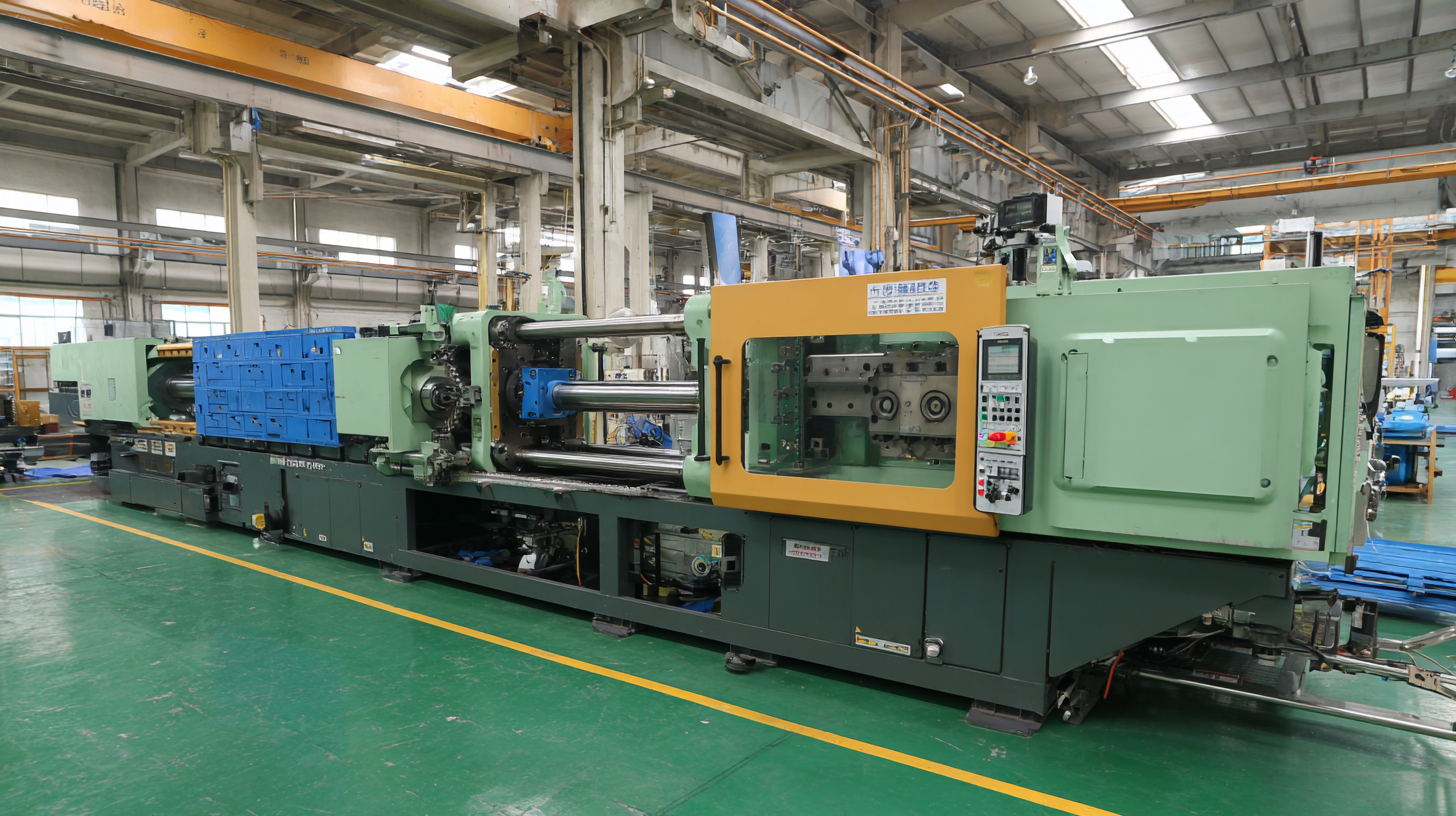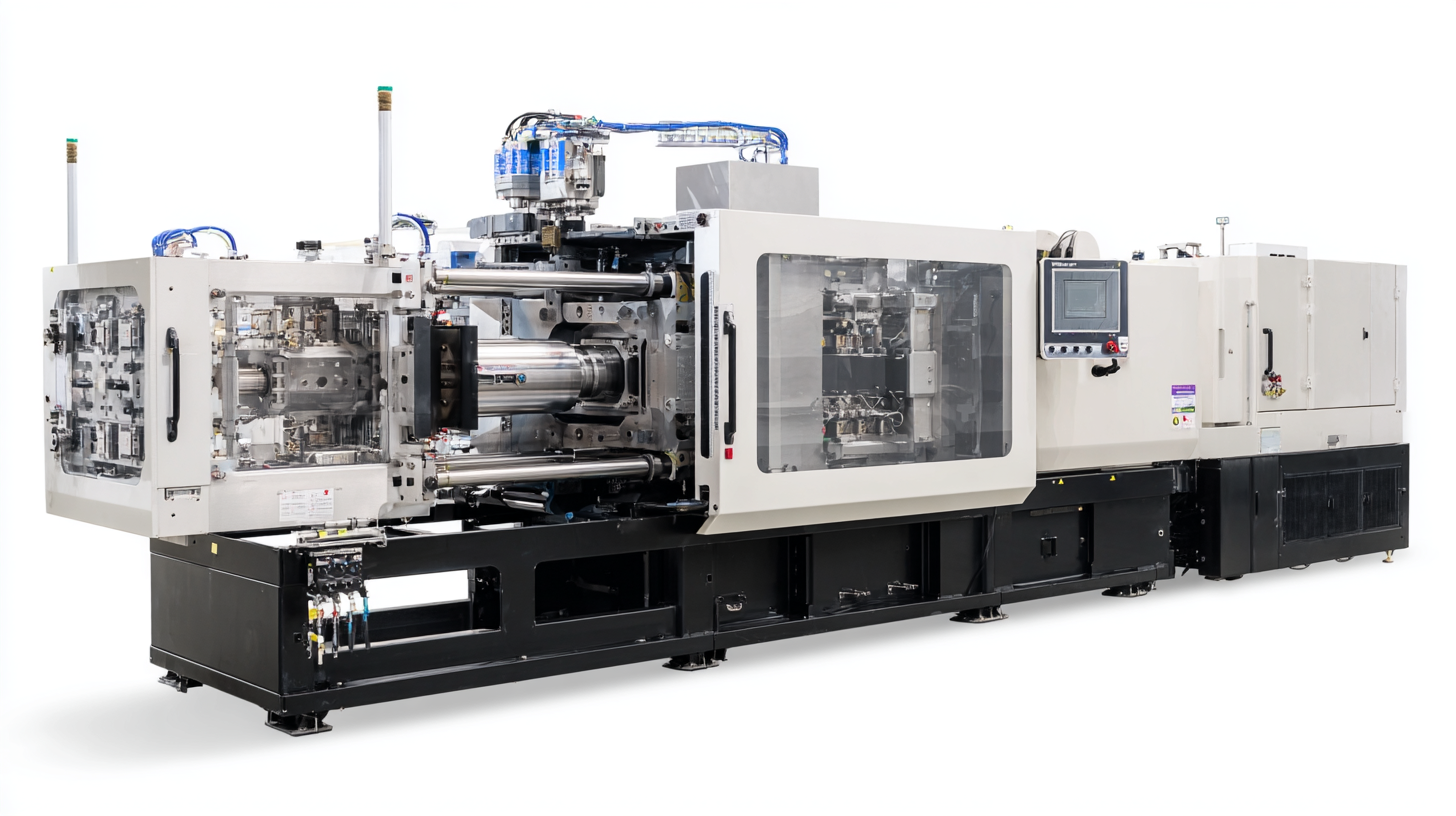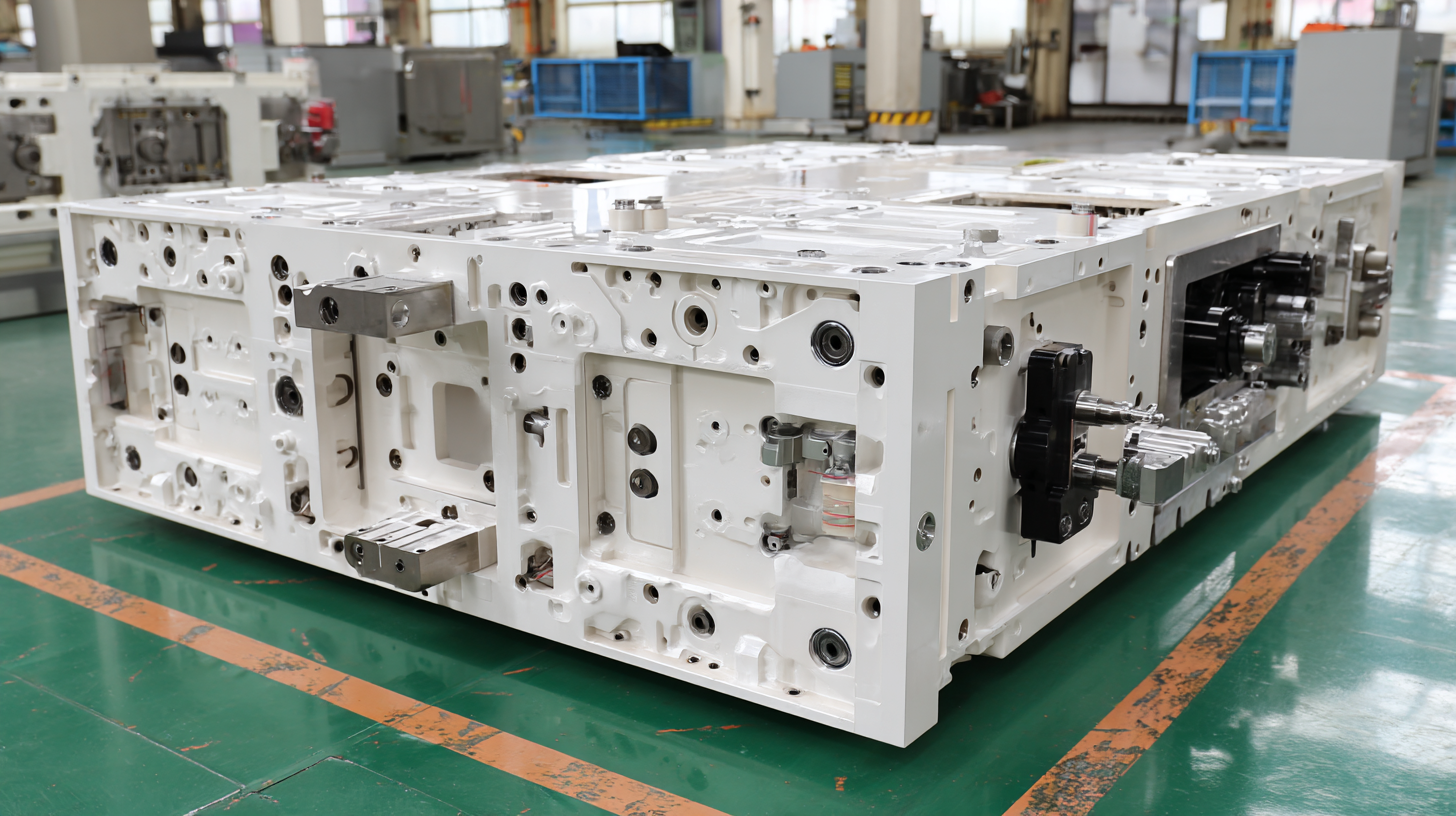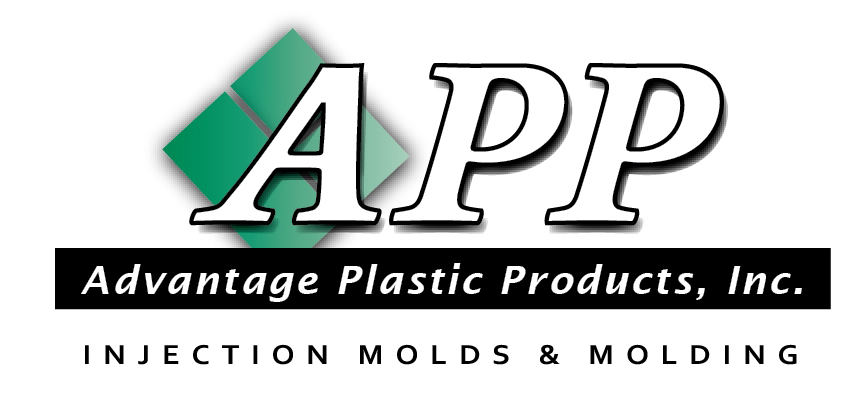How to Choose the Best Injection Molding Die for Your Production Needs: Insights from Industry Experts
Choosing the appropriate injection molding die is critical for optimizing production efficiency and achieving cost-effective manufacturing outcomes. According to industry reports, the global injection molding market is projected to reach $350 billion by 2027, reflecting a compound annual growth rate (CAGR) of 4.5%. As demand for precision-engineered components rises across sectors such as automotive, consumer goods, and electronics, understanding the nuances of injection molding die selection becomes paramount. Experts emphasize that factors such as material compatibility, die design intricacies, and production volume significantly influence the effectiveness of the molding process. This blog will provide a comprehensive checklist to guide manufacturers in selecting the best injection molding die tailored to their specific production needs, ensuring high-quality outputs while minimizing waste and costs.

Understanding Injection Molding Dies: Types and Applications for 2025
When selecting the best injection molding die for your production needs, understanding the various types and applications available is crucial. The injection molding process involves several key components, including the clamping device, plasticizing unit, and drive unit, which collectively ensure efficient operation and high-quality output. As industry trends evolve, the demand for specialized dies is increasing, particularly in sectors such as automotive and consumer goods. According to recent reports, the high-pressure die casting equipment market is projected to see significant growth, driven by advancements in technology and increased application in diverse industries.
The types of injection molding dies vary greatly, ranging from single-cavity to multi-cavity designs, each serving different production scales and product complexities. For instance, multi-cavity molds are favored for mass production due to their ability to produce multiple parts simultaneously, thereby increasing efficiency. Moreover, with projections indicating increased investment in smart manufacturing, adapting to innovative die designs that incorporate automation and real-time monitoring will be key for manufacturers aiming to enhance productivity and reduce costs in 2025 and beyond. Understanding these dynamics can help companies make informed decisions on die selection, aligning with their long-term production strategies.

Key Factors Influencing the Selection of Injection Molding Dies
When selecting the best injection molding die for production needs, several key factors come into play, particularly when it comes to optimizing the manufacturing processes. A comprehensive study on the injection mold design for automotive components, such as car door inner panels, highlights the importance of numerical simulation in refining molding processes. The research indicated that optimizing process parameters can significantly reduce cycle times and enhance the structural integrity of the final product. As the global tool steel market is projected to grow from USD 7.04 billion in 2024 to USD 11.69 billion by 2033, the evolution of die materials is crucial for supporting the increased demand in automotive production.
Moreover, integrating methodologies like Six Sigma and Lean techniques has proven effective in minimizing defects during production. A case study focused on a manufacturing car parts supplier demonstrated that applying DMAIC (Define, Measure, Analyze, Improve, Control) led to substantial quality improvements. This emphasis on defect reduction not only boosts efficiency but also aligns with the industry's push for more sustainable practices. By investing in robust injection molding dies and employing advanced process optimization techniques, manufacturers are better positioned to meet both production challenges and market demands.
How to Choose the Best Injection Molding Die for Your Production Needs: Insights from Industry Experts
| Factor | Description | Importance Level |
|---|---|---|
| Material Type | Choosing the right material for the die affects durability and production efficiency. | High |
| Die Complexity | Complex designs may require specialized dies, impacting manufacturing times. | Medium |
| Production Volume | High production volumes necessitate more robust dies to withstand wear. | High |
| Cycle Time | Faster cycle times require dies that can heat and cool efficiently. | Medium |
| Cost Considerations | Balancing initial die costs against long-term production efficiency is crucial. | High |
| Cooling Channels | Properly designed cooling channels prevent defects through controlled cooling. | High |
Expert Tips for Assessing Die Quality and Performance
When selecting an injection molding die, assessing quality and performance is crucial to ensure optimal production results. According to a report by the Plastics Industry Association, approximately 30% of production defects stem from subpar dies. Therefore, it is essential to evaluate the material and construction of the die meticulously. Dies made from high-grade steel, such as H13 or D2, provide superior durability and heat resistance, leading to longer life cycles and fewer imperfections in the molded products.
Industry experts recommend conducting a thorough inspection of die features, including gate design and cooling channels, as these aspects significantly influence the molding process's efficiency. For example, well-designed cooling channels can reduce cycle times by up to 25%, directly impacting productivity and cost-effectiveness. Furthermore, it is wise to choose dies that allow for easy maintenance and modification, as this flexibility can adapt to changing production requirements over time. By focusing on these critical performance indicators, manufacturers can enhance their operations and ensure the longevity of their investment in injection molding dies.

Future Trends in Injection Molding Technology and Their Impact on Die Choices
As the injection molding industry evolves, the technology behind it continues to advance, influencing die choices significantly. One of the most notable trends is the rise of
automation and smart manufacturing tools. These innovations not only optimize production efficiency but also demand precision in die design and construction.
Advanced software that simulates the molding process allows manufacturers to test various die configurations virtually, reducing lead times and minimizing costs. This level of foresight is essential in deciding the most suitable die for specific production needs.
Additionally, the growing emphasis on sustainability is shaping die selection. As companies strive to reduce waste and energy consumption, dies made from recyclable or biodegradable materials are gaining traction.
Innovations such as lightweight designs and heat-efficient coatings are becoming crucial factors in choosing the right die. Furthermore, the integration of
additive manufacturing techniques in die production presents opportunities for creating complex geometries that deliver better performance and lower material usage, aligning with the industry's commitment to sustainability.
These future trends will undoubtedly redefine how manufacturers approach die selection and production strategies in the coming years.
Cost-Benefit Analysis: Investing in the Right Die for Your Production Needs
When considering the costs and benefits of investing in the right injection molding die, it's essential to analyze both the initial outlay and the long-term gains. The global market for plastic molding die materials was valued at $250 million in 2022 and is projected to reach $400 million by 2030, growing at a compound annual growth rate (CAGR) of 7.5%. The increasing demand for efficient production processes and high-quality products suggests that the right die can significantly enhance productivity, reduce waste, and ultimately save on operational costs.
Moreover, advancements within the industry, such as the shift towards smart manufacturing and integrated solutions, further underline the importance of selecting the appropriate die. As companies embrace innovative technologies to optimize production, investing in cutting-edge dies could lead to enhanced performance and greater competitive advantage. The automotive sector, for instance, is expected to see substantial growth, with the global molds market projected to reach $60.88 billion by 2033. By performing a thorough cost-benefit analysis, businesses can make informed decisions that align with their production needs while capitalizing on the growth potential of the molding materials market.
